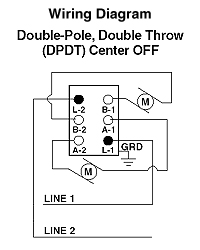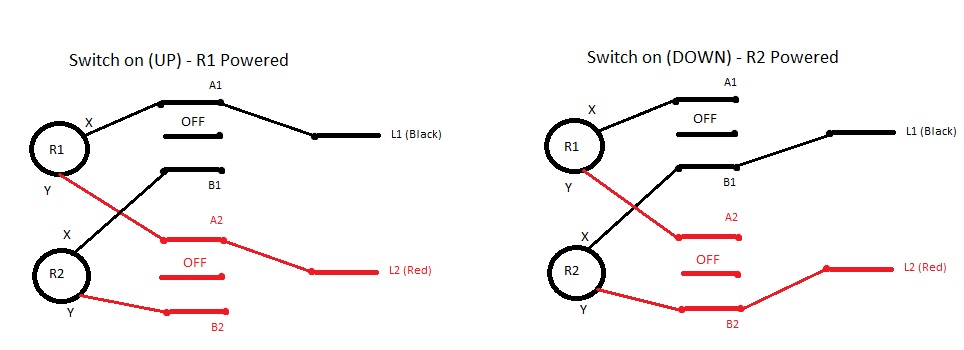Thought I'd mention one thing before you get started and that is to keep in mind your electrical code rules for your location. You linked earlier to amazon Canada and I am not at all familiar with your codes. I think here in the US, the National Electric Code (NEC) would call for a dedicated line for an electric stove. Sometimes there's a caveat as well for appliances that the line be wired according to the manufacturer specifications. If you own the home, down the road you may sell it and if it is not up to code you will more than likely need to replace. Maybe with the switch your plan might qualify as dedicated too. Depending on how regulated your town is, maybe broach the subject with the code inspector or a licensed electrician. Another reason I mention this is that I was somewhat surprised that the amperage was only 30 for your existing stove. I'm just a DIY homeowner but when I replaced my wiring to the kitchen, it seemed like 50 amps was the standard size for the stove branch line. That's probably meant to be conservative, maybe it's the self-cleaning function on many stoves that needs this size. Again, as a homeowner, consider what might replace your current unit when it breaks.
That being said, this is the first time I have seen that type of switch mentioned. Seems like a potential solution to a common problem, particularly if it was a dryer line.



















































![Craft A Brew - Safale BE-256 Yeast - Fermentis - Belgian Ale Dry Yeast - For Belgian & Strong Ales - Ingredients for Home Brewing - Beer Making Supplies - [3 Pack]](https://m.media-amazon.com/images/I/51bcKEwQmWL._SL500_.jpg)











